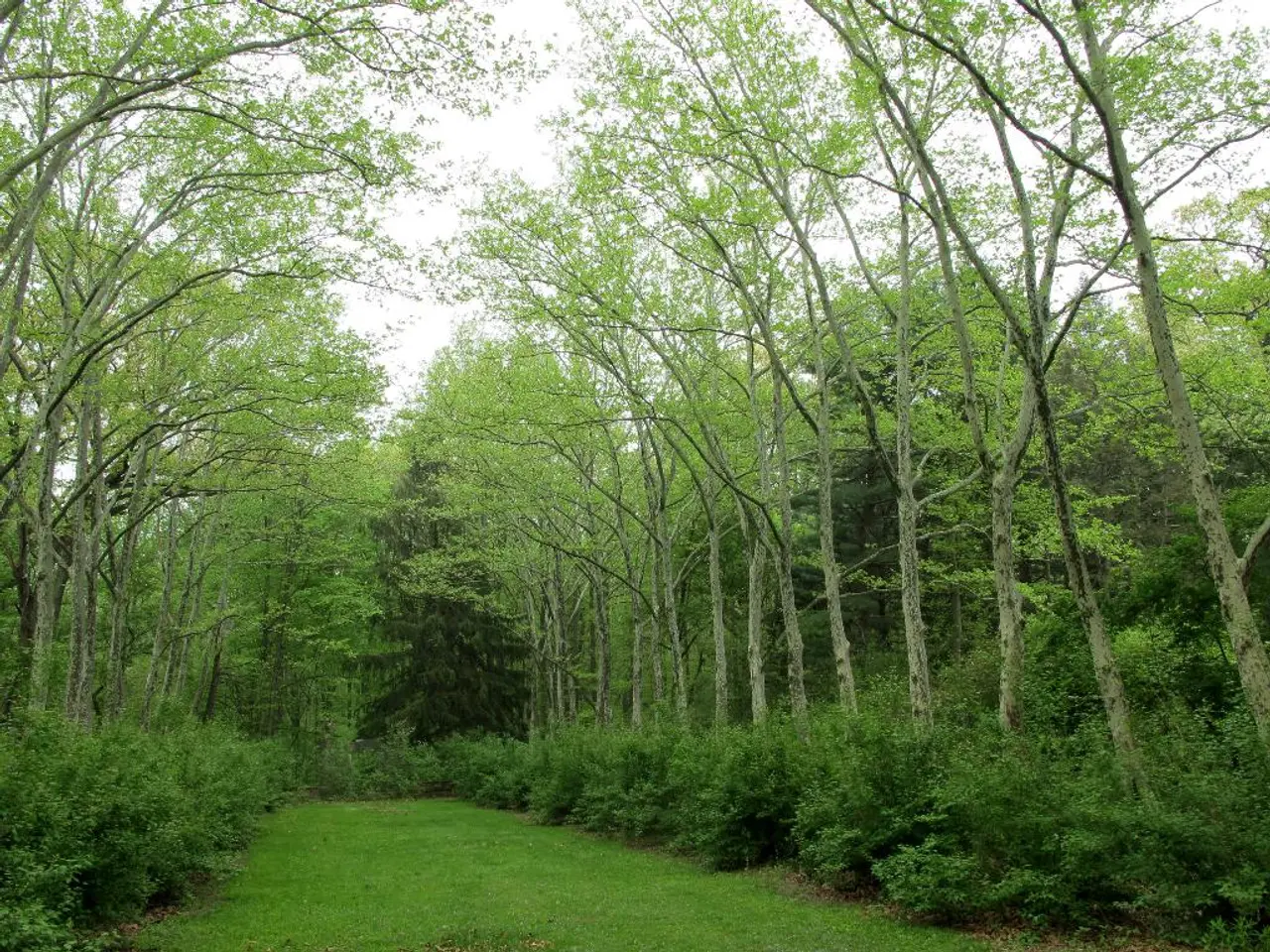Managing lush greenery within bounds: A guide to maintaining lawns effectively.
In remote landscapes across Australia, the invasive buffel grass poses a significant and urgent threat to native biodiversity and indigenous cultures. Despite recognition of the threat, our management of buffel has been inept, suffering from a total lack of national strategy or coordination [1].
The resilient and well-adapted plant, introduced from Africa for erosion control and cattle fodder, has taken over many Australian arid ecosystems, transforming them into depauperate landscapes largely devoid of native species [2]. This situation is concerning for First Nations representatives, who have been advocating for action against buffel grass due to its impact on traditional foods and culture, and threat to their settlements [3].
Buffel grass has been declared a weed in South Australia and the Northern Territory, and both New South Wales and Western Australia formally recognize its threat to biodiversity. The EPBC Act in 2014 recognized the threat of ecosystem degradation, habitat loss, and decline in 31 conservation-rated species due to buffel grass [2]. However, no landscape-scale buffel-free zones exist in Australia.
CSIRO has introduced over 120 agents to control over 30 weeds, but neither CSIRO nor other government organizations are searching for potential safe, targeted biological control options for buffel [1]. This lack of action is concerning, as it is suggested that buffel biocontrol has passed the threshold of being a necessary, urgent solution to the threat it poses to native ecosystems and indigenous cultures [3].
Fortunately, integrated approaches offer hope. These approaches aim to balance the pastoral benefits of buffel grass—such as forage and erosion control—with the need to protect native biodiversity and ecosystem integrity. Grazing management, chemical and physical controls, biocultural approaches, and surveillance integrated with modern technology are key components of these strategies [1][2][3].
Targeted grazing has been used effectively to reduce the seed bank and overall density of Buffel grass, helping limit its spread while still maintaining its role as a pasture grass [3]. Control strategies blend herbicide applications, manual or mechanical removal, and biocultural approaches, which may include using native vegetation to outcompete Buffel grass or altering land use to reduce its advantage [2][3].
Satellite imagery, drones, and IoT sensors enable precise monitoring of Buffel grass spread and soil conditions, allowing for adaptive management decisions and targeted interventions to control invasions before they become unmanageable [1][2]. Incorporating erosion-resistant native species, such as using mixed plantings that include native shrubs and grasses along with Buffel grass in managed rotations, can help control erosion and maintain ecosystem functions, potentially limiting Buffel grass dominance while preserving pasture utility [1].
The key is adaptive management guided by high-resolution surveillance and a combination of biological, mechanical, and chemical tools tailored to local conditions [1][2][3]. However, the longer we delay searching for and assessing potential buffel biocontrol tools, the deeper the impacts of this threat [2].
The EPBC Act in 2014 advocated for the development of tools for effective management of buffel grass and protection of assets. Common ground in addressing the buffel grass issue includes the expectation of all farmers and land custodians to contain their own livestock and impacts [4]. The Commonwealth has recommended research on buffel biological control, but no action has been taken for over a decade [2].
It is crucial that we act now to protect our native ecosystems and indigenous cultures from the insidious and uncontrollable threat posed by buffel grass. The future of Australia's arid landscapes depends on it.
Archaeology
A 1000-year-old Native American crop field covers hundreds of acres, providing a poignant reminder of the impact invasive species can have on cultures and ecosystems. As we work to combat buffel grass in Australia, let us remember the lessons of the past and strive to protect our own rich heritage.
References:
- Integrated Buffel Grass Management: A Review of Current Practices and Future Directions
- Buffel Grass Control: Challenges and Opportunities
- Buffel grass: a review of its impacts on Australian ecosystems and culture
- Commonwealth of Australia (2014), Environment Protection and Biodiversity Conservation Act 1999
- The urgent threat posed by buffel grass to the health-and-wellness of indigenous cultures, as observed in Australia, mirrors the historical impact of invasive species like the Native American crop field on other cultures.
- In the realm of science, including environmental-science and archaeology, understanding the consequences of invasive species like buffel grass can inform our approach to fitness-and-exercise, as we strive to prevent ecological imbalance and celebrate native biodiversity.
- The potential loss of 31 conservation-rated species due to buffel grass, as stated in the EPBC Act of 2014, is a call to action for sports enthusiasts and sports-betting participants alike, reminding us that the future of our planet is intertwined with our love for nature, sports, and sustainable practices.




